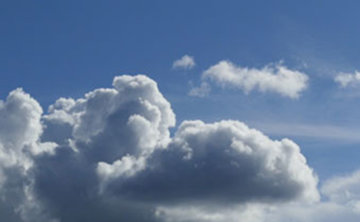Deceased Patient: No Rescue Flights from Upper Austria at Night

Could the patient possibly not have been quickly transferred to another hospital by air rescue, since no rescue operations are flown at night from the Upper Austria bases?
In the case of the patient at the Rohrbach Clinic, the managing director of the ÖAMTC air rescue, Marco Trefanitz, clarified that there is no night flight ban, as was reported in the media for Upper Austria. Due to bad weather, no flight operation was possible on the said night, the Red Cross Upper Austria additionally reported. The Rohrbach Clinic had requested a flight from the Red Cross control center, as prescribed. They then inquired at 24/7 air rescue bases in Lower Austria and Styria. However, the pilots had to cancel due to the weather conditions.
In total, there are 18 bases of the ÖAMTC air rescue in Austria, three of which are on duty around the clock daily. These are Krems (Lower Austria) as well as St. Michael and Niederöblarn (Styria). Six locations have extended service operations until late evening, nine from sunrise to sunset plus 30 minutes. The bases are all 15 flight minutes apart, so during the day "good coverage is available in Austria," explains the managing director of the ÖAMTC air rescue, Marco Trefanitz.
Service time for bases "directly controlled by the state"
In principle, the entire helicopter fleet is "fully equipped for night flights." However, the service times are "directly controlled by the respective state," because the federal states partially finance the air rescue. The state of Upper Austria announced in late summer that it intends to convert the Suben base (district of Schärding) to a 24-hour service, says the managing director. In a first step, the service time will now be extended there. Trefanitz expects that from autumn 2026, round-the-clock operation will be established there.
From his perspective, it is not necessary for each of the 18 bases to be staffed at all times. Six 24/7 locations are sufficient for good nationwide coverage at night in Austria, with the operational radius at night being 30 minutes. With Suben, there would be at least four, but there is still a gap in the west of Austria.
(APA/Red)
This article has been automatically translated, read the original article here.





